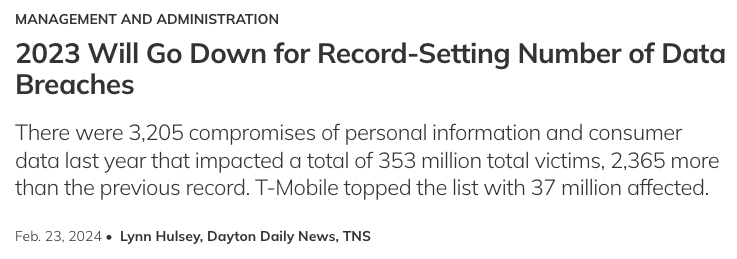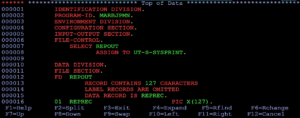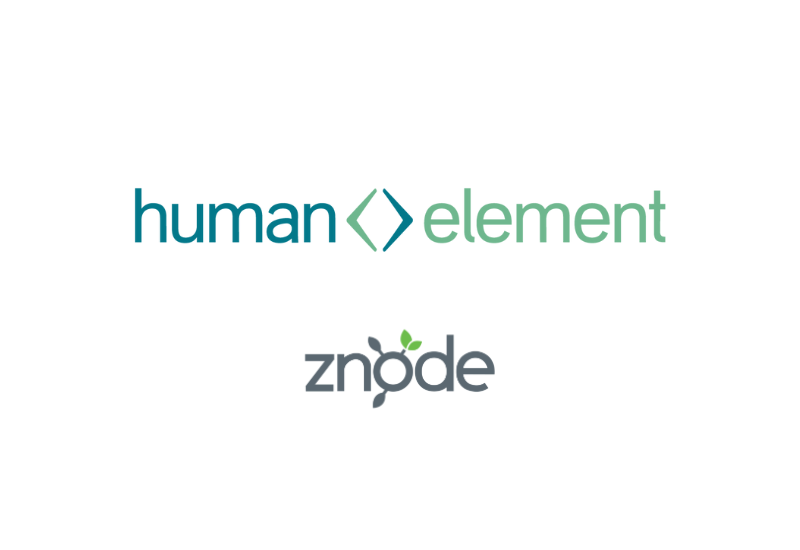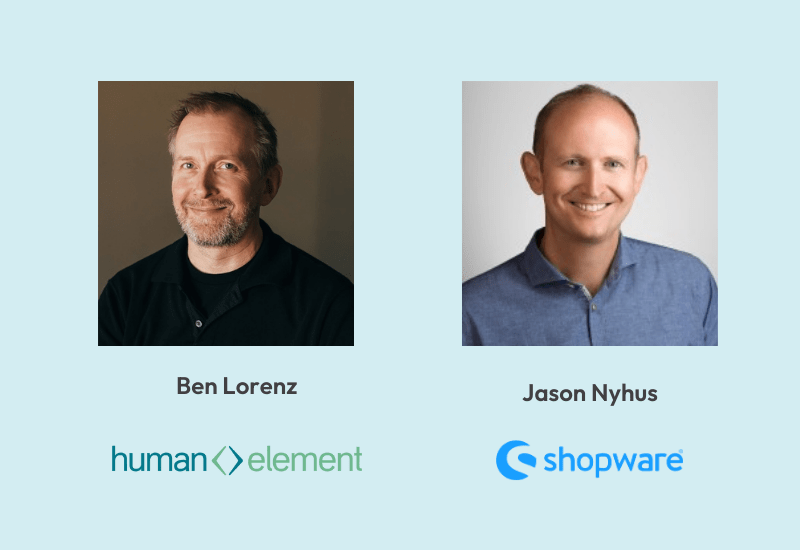Custom Software Development is Due for a Comeback
In our 20 years as an agency, we’ve witnessed the prevailing wisdom around software development make a 180 degree flip from custom software towards Software-as-a-Service (SaaS). But in the face of rising fees, increasingly complex platforms, and market changes, it could be time to swing back. How did we get here? And why might custom solutions be the next big thing in eCommerce?
Historical Context

When I started in the software industry in the late ’90s, we would build a piece of software that would be an asset to the organization. You would have a capital expenditure, and you would then own that software. It was intellectual property (IP) that the company could carry with it and put on a balance sheet.
The shift towards SaaS platforms happened over time. The first general release of Magento occurred in 2008. Later that year, we hit the recession and at that time it made a lot of sense to essentially rent software, rent development, and not spend big dollars because it’s so hard to make investments at that time. SaaS has been the best way to get applications up faster and trade investment for recurring costs that, for a long time, were very reasonable.
Human Element used to build on first-generation Magento when they offered a three-tiered licensing system. Open Source was at the bottom, and then Professional and Enterprise were around $9,000 and $13,000 each to own outright. Comparing that to today, a base software package with Adobe Commerce is in the $30,000 to $60,000 range as an annual subscription. Shopify Plus has shifted their pricing to align with the rest of the market with similar licensing and transaction fees. The major eCommerce platforms see that they’ve owned the market, and are raising prices in an era where money is more expensive.
The Current State of SaaS
The world we live in now is one where the software we’re using is very helpful and gets us to a good starting point for customization. They’re great at getting us 80%, 85% of the way there. All organizations “should” need is that last 15% of customization to connect to other platforms and provide that unique experience.
It gets more complicated as the systems pile up. Imagine you’ve got a SaaS CRM. That needs to connect to your ERP, and that’s handled through a connector, also SaaS. Now we want to integrate that with our storefront, like Shopify or BigCommerce, and there’s another subscription necessary to provide the connections between those three. As you scale up, there are so many different vendors forming a tech stack that each take a cut.
Just keeping up SaaS licenses for enterprise businesses can eat 4-7% of an organization’s total revenue. Between that and the increasingly-specialized development resources to keep those systems running, it can be a huge cost center. Worse, dropping a platform means that all the customizations and workarounds that have been built need to be replaced and can’t be re-used. Not just the platforms, but the customizations are essentially rented and held hostage to that subscription. It’s a lot of money and time to spend to not own your own work.
A Shift in Perspective
We’re starting to see a little backlash from larger organizations that are saying, “Why am I going to pay 4% to 7% forever for this software when I could develop it in-house and own it?” It’s a larger up-front cost, but those investments can last. In some cases software will last a company 10 years, but generally a three to five-year lifespan is reasonable for most software.
Larger enterprises that have the expertise and the context of history are realizing that SaaS isn’t as cheap as it used to be. If I’m a multi-million dollar company investing half a million dollars in a platform, over that three to five-year lifespan, you would easily consume that just in licensing fees for a SaaS solution – not to mention the developers to maintain it. If you own it up front, then you’re writing it off over the time that you have built it. Owning your systems is making a comeback.
Other Advantages of Custom Coding
Besides the time, cost, and ownership reasons to think about building custom, it could be the best way to shield from liability in the not-so distant future. The looming specter of privacy regulations means that the house of cards that is data sharing between connected platforms may not be able to hold for much longer. And honestly, it’s probably not great that most Americans could find their social security number in the database of a third-party data broker. It’s a huge risk to consumers, and lacking control over that data as a business is even more risky.

If and when policy passes, the solutions to make data secure will get much more expensive. If you know where that data is, or at least have local copies of everything, it’ll be less painful. Even as the legal side is up in the air, there’s a cultural shift where being able to confidently say you own your data and systems is a competitive advantage, especially in a B2B space.
Managing eCommerce Platforms Today
Right now, we at Human Element implement Adobe Commerce, we implement Shopify Plus and BigCommerce, and we work with WordPress, Drupal, and many other platforms. We are even building out CRM configurations like HubSpot. But we’re finding that organizations are pushing back and saying, “Maybe I’m going to use just a piece of this platform, and make the core piece to my process totally custom.” Part of why I’m glad we have this history is we can step into these projects and make a smarter custom solution thanks to what we’ve learned from working with SaaS providers.

There might be some people who look at custom development and have some COBOL trauma. “Why are we going to build this when someone is going to need to maintain it indefinitely?” COBOL’s a special example – there are a lot of things that went wrong in that language. But we’ve learned a lot from this model of software development (SaaS platforms), and are building custom solutions meant to last with more flexibility in integrations. It isn’t necessary to consolidate every single component of what this business does into one place. But having a solid code stack that is yours and valuable, can pay off.
How eCommerce Agencies Are Changing
The business of running an agency has changed so much because of these platforms. Part of what made agencies running this all-contract, no-overhead model with platform specializations viable, has been consolidation towards a few large eCommerce platforms. Not to discredit development expertise, but learning just one eCommerce platform is not the equivalent of the knowledge of a system architect who knows how these systems really interact.
That’s the kind of developer who can handle a migration from one platform to another or building a connector that’s not going to fail in a year or two when either side of the connector updates their own systems. You also need other talents to build a custom solution that really fits a client’s needs – a solid PM team, an organized onboarding process, and strategic alignment with the business. Lean contractor-based agencies aren’t optimized for that kind of work.
Putting the Changes in eCommerce in Context
This shift in software development could hit the labor side of the market just as much. We have a whole generation of software development that is very platforms-oriented, and that way of building products may not clash with IT and Marketing leaders making the calls on building custom to avoid long-term licensing costs. The defining feature of this recession is that no one can decide if we’re in a recession or not! There’s a lot of regret that some companies didn’t invest in themselves while money was relatively cheap. Now the cost has gone up for all these SaaS platforms and integrations, and they have nothing they own.
Speaking of developers, consumer app development is running headlong into a similar crisis around platform fees. Developers working in Apple’s ecosystem are standing up to the 30% fee added to every in-app transaction, and using business and legal levers to blow up the model. It’s early, but we could see policy targeting tech giants have ripple effects into the eCommerce service provider space.
Summary
There’s not one right answer about investing in custom software development or using SaaS. Companies are taking a closer look at this decision than they have in a decade; for many, a code stack that’s an owned asset is a lower priority than optimizing for time-to-market where SaaS can shine. But now that money is no longer cheap, you can’t get away with solving every problem with SaaS, assuming the cost will be better than starting with something wholly owned.



